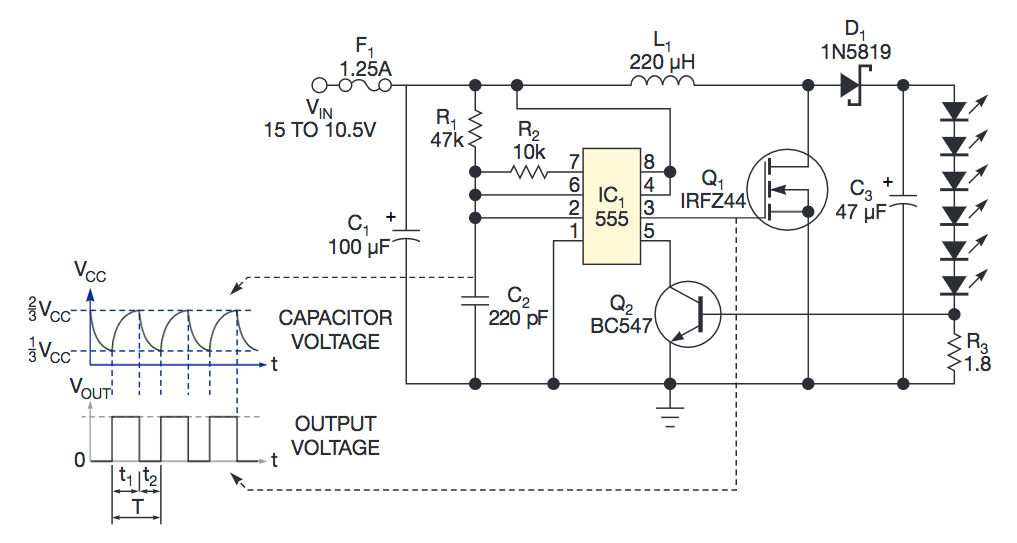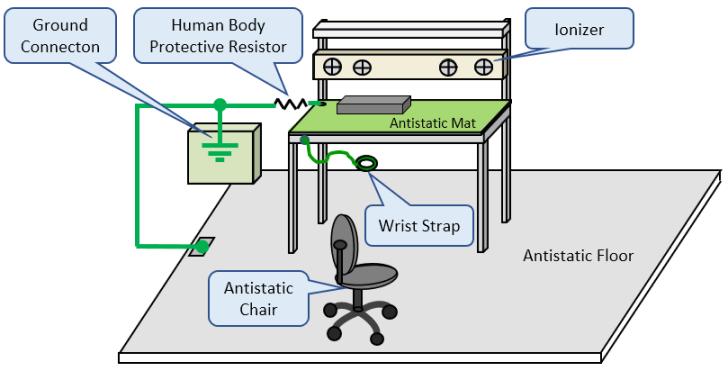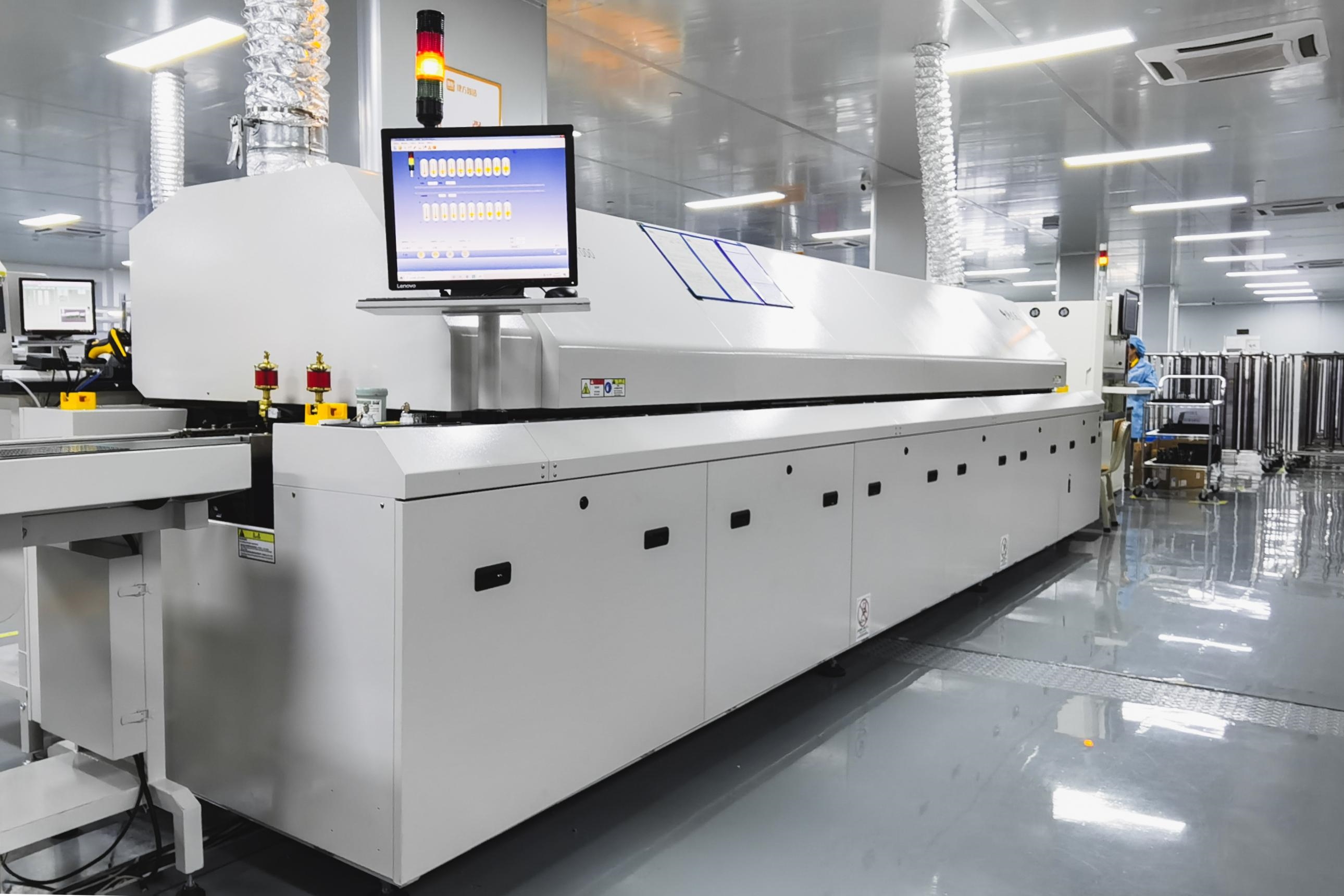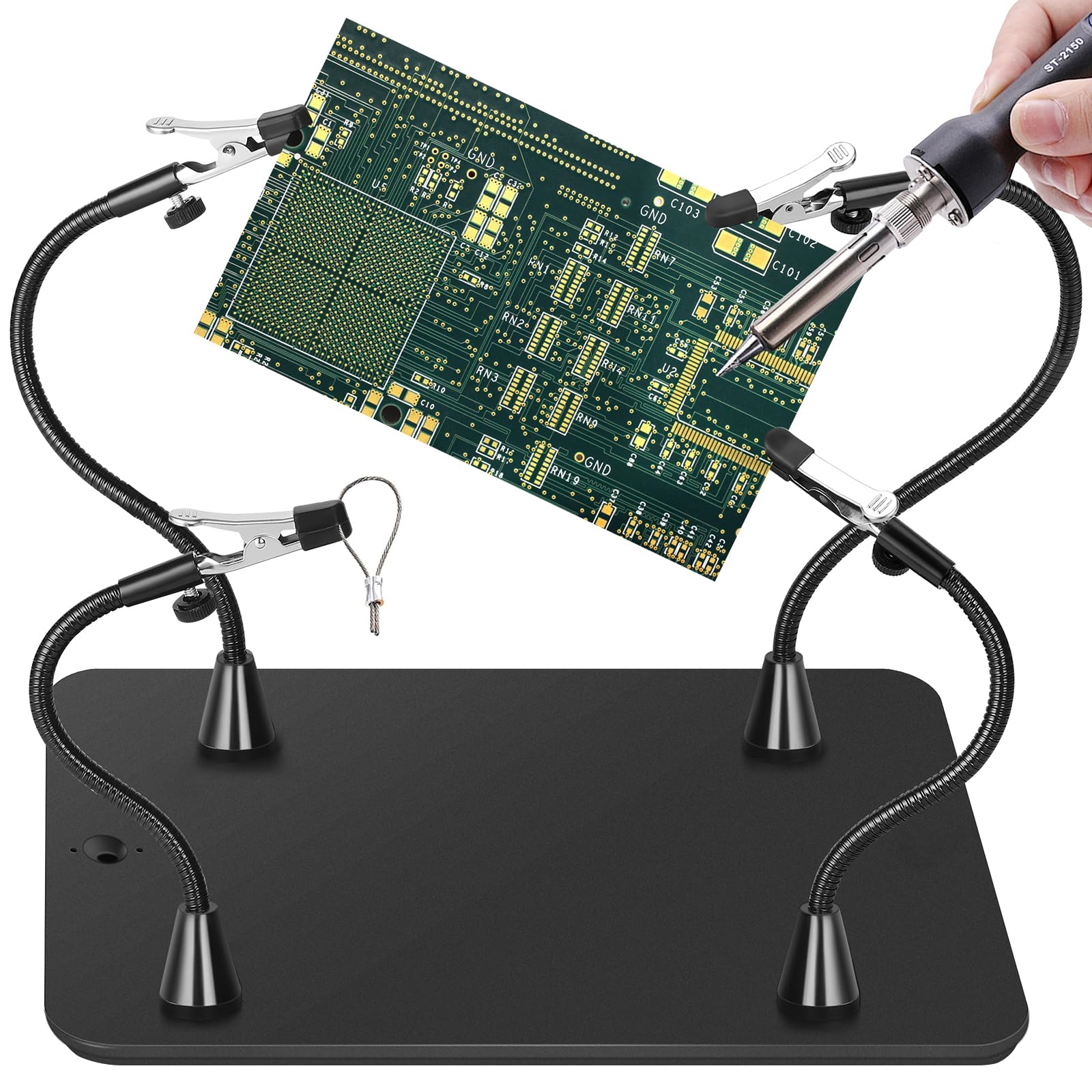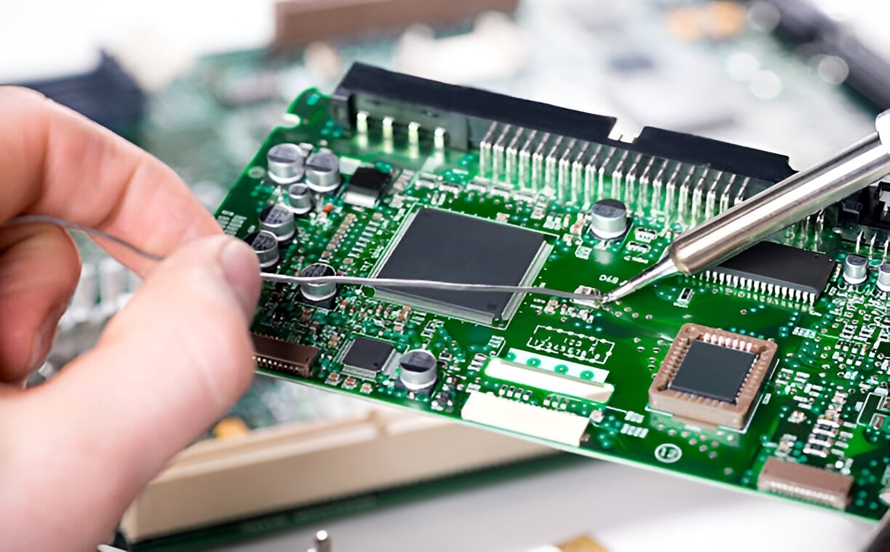In the fast-paced world of PCB design, managing costs without compromising quality is a top priority for engineers. One of the most effective ways to achieve this is through smart component price negotiation. Whether you're focused on negotiating resistor prices, securing capacitor bulk discounts, understanding IC price trends, mastering RFQ best practices for components, or navigating component lead times, this guide will equip you with the tools to save money and streamline your projects. Let’s dive into actionable strategies and insights to help you unlock savings in your next design.
Why Component Price Negotiation Matters in PCB Design
Component costs can make up a significant portion of a PCB project's budget, especially for high-volume production. Resistors, capacitors, and integrated circuits (ICs) may seem like small expenses individually, but when multiplied across thousands of units, even a slight price reduction can lead to substantial savings. Beyond the raw cost, factors like lead times and supplier relationships play a critical role in project timelines and overall expenses.
Negotiating effectively ensures you get the best value for your components while maintaining the quality and reliability needed for your designs. In this blog, we’ll break down proven strategies to help you reduce costs and optimize your procurement process.

1. Negotiating Resistor Prices: Small Components, Big Savings
Resistors are among the most common components in PCB design, and their prices can vary widely based on type, tolerance, power rating, and quantity. Negotiating resistor prices starts with understanding your specific needs and leveraging that knowledge during discussions with suppliers.
- Know Your Specifications: Identify the exact resistance value (e.g., 1kΩ), tolerance (e.g., ±1%), and power rating (e.g., 0.25W) required for your design. Suppliers often charge more for tighter tolerances or specialized resistors, so ensure you're not over-specifying.
- Buy in Bulk: Resistor prices drop significantly when ordered in larger quantities. For example, a single 1kΩ resistor might cost $0.10, but ordering 10,000 units could bring the price down to $0.02 per unit.
- Compare Multiple Suppliers: Don’t settle for the first quote. Reach out to several distributors and compare pricing, especially for standard resistors that are widely available.
- Build Relationships: Establishing a long-term relationship with a supplier can lead to better pricing and priority during shortages.
By focusing on these strategies, you can often reduce resistor costs by 20-30%, especially for high-volume orders. Always balance cost with quality to avoid failures in your design due to substandard components.

2. Securing Capacitor Bulk Discounts: Maximize Your Purchasing Power
Capacitors, like resistors, are essential in nearly every PCB design, used for filtering, decoupling, and energy storage. Given their widespread use, securing capacitor bulk discounts can have a major impact on your bottom line.
- Standardize Where Possible: Use common capacitor values (e.g., 0.1μF for decoupling) and types (e.g., ceramic MLCC) across your designs to consolidate orders and negotiate better bulk pricing.
- Plan Ahead: Forecast your capacitor needs for the next 6-12 months. Suppliers are more likely to offer discounts if they see a consistent, large-volume order pipeline.
- Understand Market Fluctuations: Capacitor prices can spike due to supply chain disruptions, especially for multilayer ceramic capacitors (MLCCs). Monitor market trends and lock in pricing during periods of stability.
- Negotiate Terms: Beyond price, ask for favorable payment terms or free shipping on bulk orders to further reduce costs.
For instance, ordering 50,000 units of a 0.1μF ceramic capacitor might reduce the per-unit cost from $0.05 to $0.03, saving $1,000 on a single order. These savings add up quickly in large-scale production.
3. Understanding IC Price Trends: Timing Your Purchases
Integrated Circuits (ICs) are often the most expensive components on a PCB, with prices influenced by factors like demand, production capacity, and technological advancements. Staying informed about IC price trends can help you time your purchases for maximum savings.
- Monitor Industry Reports: Follow market analyses from reputable sources to understand whether IC prices are rising or falling. For example, during a global chip shortage, prices for microcontrollers might increase by 50% or more.
- Consider Alternatives: If a specific IC is too expensive, look for pin-compatible or functionally equivalent alternatives from other manufacturers. A $5 microcontroller might have a $3 counterpart with similar specs.
- Negotiate for Volume: Like other components, ICs often come with tiered pricing based on order quantity. Ordering 1,000 units instead of 100 could cut the per-unit cost by 10-20%.
- Plan for Obsolescence: Some ICs become obsolete as newer versions are released, leading to price spikes for remaining stock. Plan your designs with future-proof components to avoid these costs.
By staying ahead of IC price trends, you can avoid overpaying during shortages and capitalize on price drops during oversupply periods.

4. RFQ Best Practices for Components: Crafting Effective Requests
A well-structured Request for Quote (RFQ) is a powerful tool for securing competitive pricing on components. Mastering RFQ best practices for components ensures you get accurate quotes and build strong supplier relationships.
- Be Specific: Include detailed information in your RFQ, such as part numbers, quantities, specifications (e.g., 1kΩ resistor with ±5% tolerance), and delivery timelines. Vague requests often lead to inflated quotes.
- Request Multiple Quotes: Send your RFQ to at least 3-5 suppliers to compare pricing and terms. This also gives you leverage during negotiations.
- Highlight Volume Potential: If you anticipate repeat orders or high-volume production, mention this in your RFQ. Suppliers are more likely to offer discounts for long-term business.
- Clarify Lead Times: Ask suppliers to confirm lead times alongside pricing. A slightly higher price might be worth it if the components can be delivered faster.
- Negotiate After Quotes: Use the RFQ responses as a starting point for negotiation. If one supplier offers a better price, ask others if they can match or beat it.
A polished RFQ can save you both time and money by ensuring you get the best possible deal from the start. It also sets a professional tone for future interactions with suppliers.
5. Understanding Component Lead Times: Planning for Success
Component lead times—the duration between placing an order and receiving the parts—can make or break a PCB project timeline. Understanding component lead times is crucial for avoiding delays and managing costs effectively.
- Check Lead Times Early: When selecting components, review their lead times on distributor websites or through direct communication with suppliers. Common components like resistors might have lead times of 1-2 weeks, while specialized ICs could take 8-12 weeks or more.
- Account for Supply Chain Issues: Global events, such as semiconductor shortages, can extend lead times significantly. For example, during a shortage, lead times for certain microcontrollers have stretched to over 20 weeks.
- Buffer Your Timeline: Build extra time into your project schedule to account for unexpected delays. Ordering components 2-4 weeks earlier than needed can prevent costly last-minute rushes.
- Communicate with Suppliers: Regularly check in with suppliers for updates on lead times, especially for critical components. Some may offer expedited shipping for a small fee if deadlines are tight.
- Diversify Sources: Relying on a single supplier increases the risk of delays. Identify backup sources for critical components to mitigate potential disruptions.
By proactively managing lead times, you can avoid production delays that might force you to pay premium prices for rush orders or alternative components.
Additional Tips for Cost Optimization in PCB Design
Beyond negotiating prices and understanding lead times, there are other ways to save on component costs during PCB design:
- Design for Manufacturability (DFM): Optimize your PCB layout to minimize the number of unique components. Reducing variety simplifies procurement and often leads to better pricing.
- Use Standard Components: Stick to widely available components rather than rare or custom parts. Standard parts are typically cheaper and have shorter lead times.
- Leverage Distributor Tools: Many distributors offer online tools to check stock, pricing, and lead times in real-time. Use these to make informed decisions quickly.
- Consider Second-Sourcing: Always have a backup supplier or alternative component in mind. This protects against price gouging or delays from a primary source.
These strategies, combined with effective negotiation, create a comprehensive approach to cost savings in your PCB projects.
Building Long-Term Supplier Relationships for Better Deals
While one-off negotiations can yield immediate savings, building long-term relationships with suppliers offers even greater benefits. Consistent communication, reliability in placing orders, and providing feedback on component quality can position you as a valued customer. Suppliers often reward loyal clients with priority access to stock during shortages, better pricing, and faster response times on RFQs.
Start by identifying a few key suppliers who align with your needs in terms of pricing, quality, and delivery reliability. Over time, these partnerships can become a cornerstone of your cost-saving strategy.
Conclusion: Take Control of Your PCB Component Costs
Unlocking savings in PCB design through component price negotiation is both an art and a science. By mastering strategies for negotiating resistor prices, securing capacitor bulk discounts, staying informed on IC price trends, following RFQ best practices for components, and understanding component lead times, you can significantly reduce costs without sacrificing quality. Start implementing these tips in your next project to see immediate results, and build strong supplier relationships for long-term success.
Every penny saved on components is a step toward more efficient, budget-friendly designs. With the right approach, you can keep your projects on track and your costs under control. Equip yourself with these tools and take charge of your PCB procurement process today.
 ALLPCB
ALLPCB


